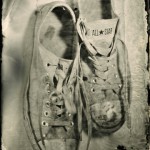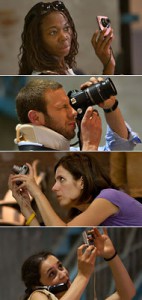Several of you have asked to extended the post/comment period to this Saturday in order to comment on the Discussion Topic on old photographic processes and the Louis Vuitton ad campaign, so I have extended the time frame. Come to think of it, if it’s easier for everyone to respond and post, I can put up Discussion Topics less frequently and give each topic a 2 week-window for commentary. Which would you prefer? Fewer topics and longer commentary period? Or more topics and shorter commentary period? Let me know what you think! And enjoy the weekend!
Contact Information
Professor Sandra Cheng Office: Namm 602B Office Hours: Tu/Th 9-10 am or by appointment Office Tel: 718-260-5003 Email: scheng@citytech.cuny.eduHelpful Links
 New York Times Arts
New York Times Arts-
Recent Posts
Recent Comments
- smarte5 on Walker Evan’s Subway Portraits
- smarte5 on Follow Magnum Photographer Alec Soth through Ohio
- smarte5 on Janette Beckman, New York Photographer
- bsilva92 on Discussion Topic: Old is New Again with the iPhone-Nina Katchadourian’s airplane bathroom photos
- bsilva92 on Discussion Topic: Street Art and Photography
Categories
Meta





